In the Vietnamese market, the iPhone Air is priced at nearly 31 million VND (standard version), positioned in the high-end segment. However, this is not a phone with many overwhelming technical specifications. Instead, it "seduces" users with its fragility and minimalist design.
The product is considered a "gamble" by Apple into the niche market of users who value aesthetics and sophistication above all else. But is the sacrifice in battery life, cooling performance and camera too high a price to pay?
+ Strengths:
- Ultra-thin design, high-quality materials.
- Great ergonomic grip feel.
- OLED screen quality is on par with Pro models.
+ Weaknesses:
- Battery life is only average
- Poor heat dissipation, the device heats up quickly when handling heavy tasks.
- The rear camera system lacks flexibility (no ultra-wide and telephoto lenses).
- High price compared to what is cut.
Editor's Tip: The iPhone Air isn't a phone for the masses, it's for a special set of users: Those who value aesthetics, luxury, those who want it as a fashion accessory, or those who just need a phone for basic tasks.
For all other users, if you want to own a new generation iPhone, you can consider the standard iPhone 17 version, which is about 6 million VND cheaper. This is a phone with long battery life, a flexible dual camera system and more durable performance.
Design
If there's one reason to consider the iPhone Air, it's the design. From the moment you first pick it up, any notion of "thin and light" you may have had before seems outdated.
Apple has really taken things to the next level, reminiscent of the awe I felt when the MacBook Air first came out and was pulled out of an envelope by Apple.
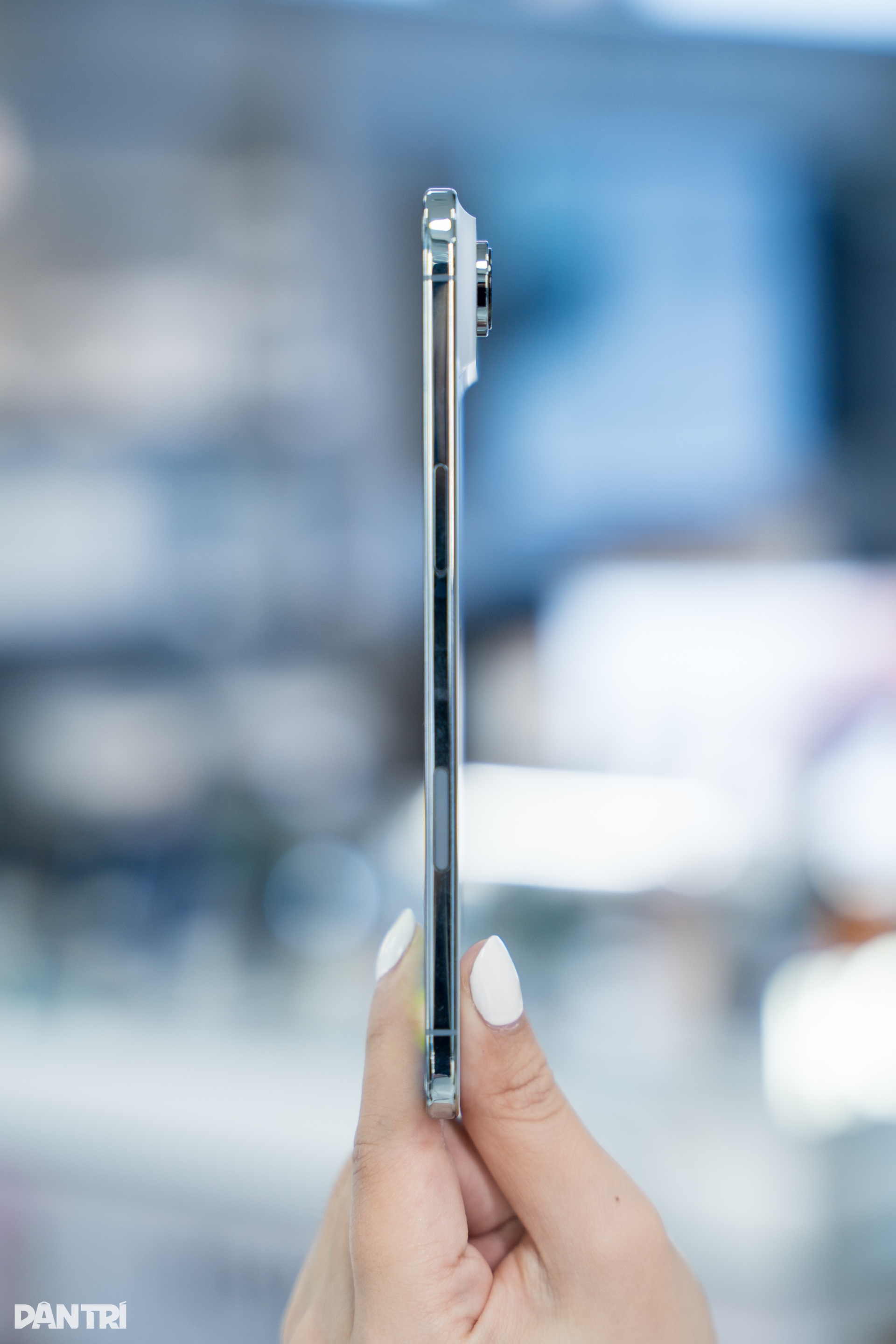
The iPhone Air is incredibly thin (Photo: Thu Uyen).
At just 0.22 inches (about 5.5mm) thin—not counting the camera—it's incredibly thin. That number isn't just a dry technical number, it completely changes the way you interact with your device.
Notably, Apple has abandoned the flat-edge design currently present on the iPhone 17, 17 Pro, and 17 Pro Max models to return to soft curves.
In contrast to the aluminum material on the iPhone 17 versions, the iPhone Air uses a polished and rounded titanium frame at the edges, along with Ceramic Shield glass on both the front and back to help the phone resist scratches better.
It is this rounded design that tricks the senses, making the product appear even thinner than its actual size.
The reporter's experience shows that the grip is smooth, without any ripples; putting the phone in your pocket or holding it for long periods of time becomes a very enjoyable experience, without any pain or discomfort.
For comparison, its direct competitor is the Samsung Galaxy S25 Edge, which, while also very thin (0.23 inches), has flat edges and sharp corners, making it feel thicker and larger in the palm of your hand.
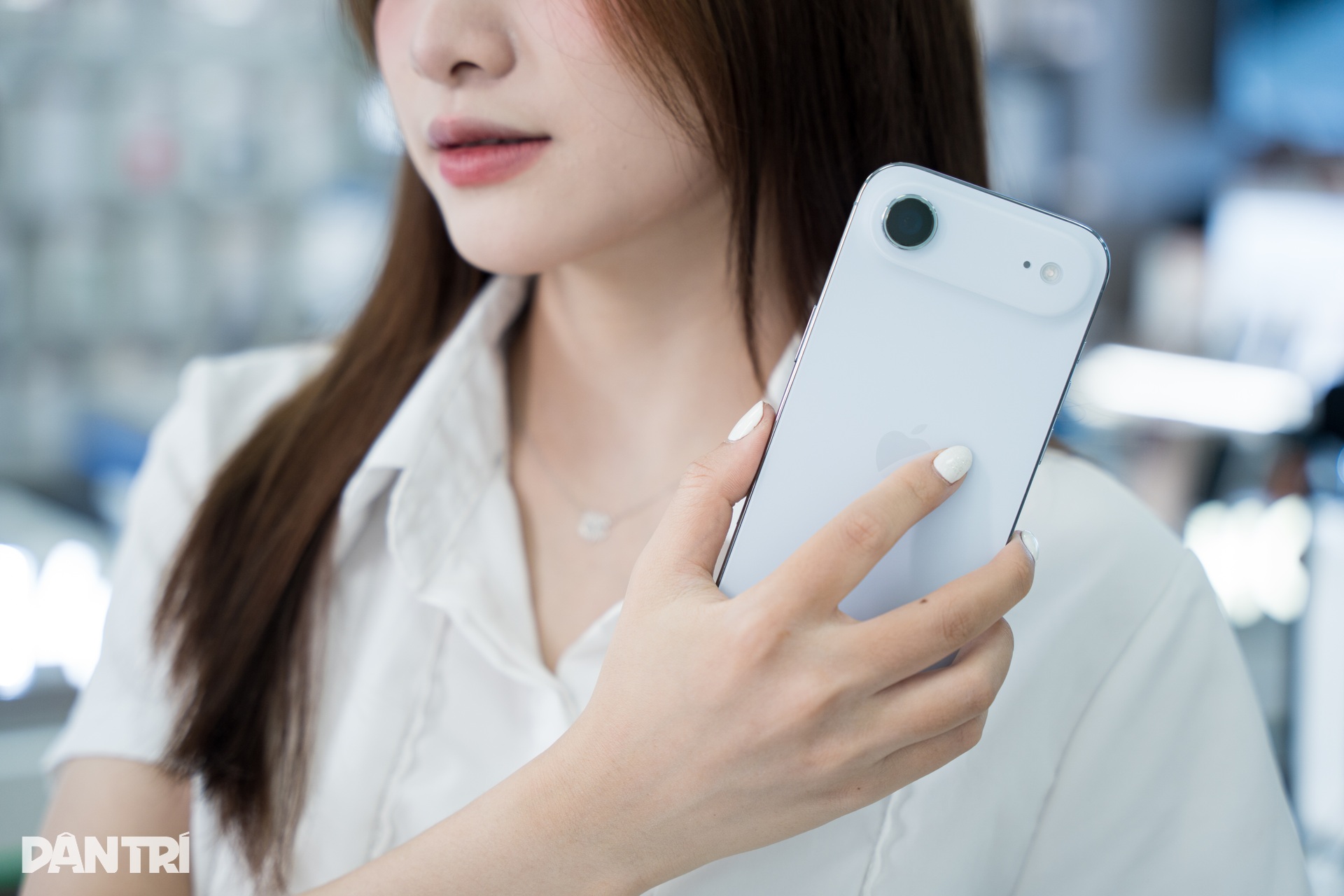
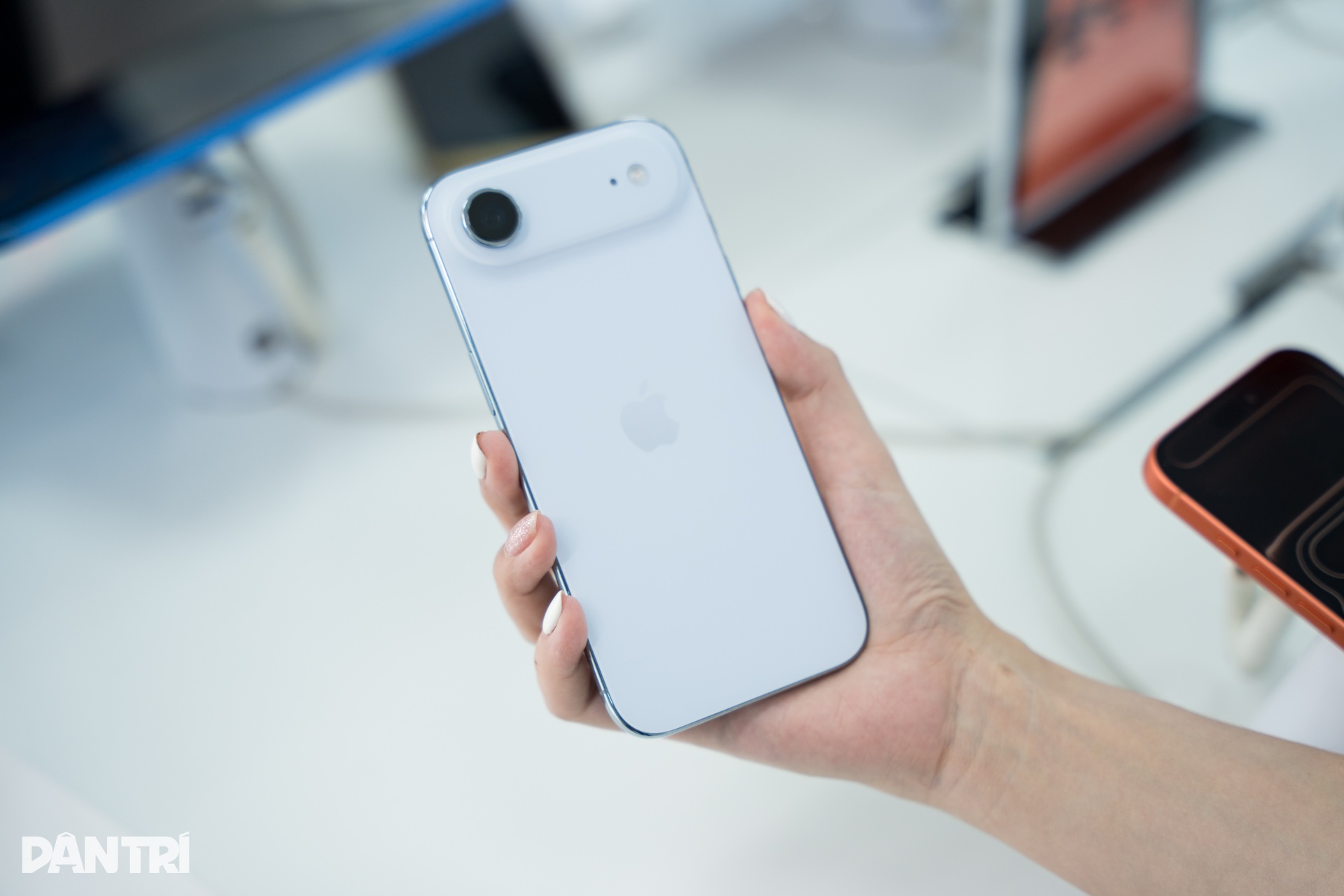
As you can see, Apple has made a big impression with the iPhone Air in terms of ergonomics.
Another change is the rear camera cluster. Instead of the familiar square cluster, the iPhone Air has a horizontal bar containing a single camera, reminiscent of the design of the Google Pixel line.
It's a controversial decision, but there's no denying it gives a clean, minimalist look that fits perfectly with the overall philosophy of the product.
Measuring in at 0.45 inches, the iPhone Air is a bit thicker than the Galaxy S25 Edge's 0.4 inches, but visually, Apple's bar design looks more harmonious.
Many Vietnamese users shared on social networks, questioning the durability of a thin device on the iPhone Air and Apple seemed to have anticipated this.
According to the manufacturer, it has conducted rigorous durability tests. In one test, the device only bent slightly when subjected to 175 pounds of pressure and quickly returned to its original shape.
The new generation Ceramic Shield 2 glass on the front is advertised to be three times more scratch-resistant than the first generation, combined with IP68 water and dust resistance, enough to provide the necessary peace of mind for users.
To optimize the internal space, Apple has changed a few smart technical elements. All core components such as the rear camera sensor, front camera, speaker and A19 Pro processor are concentrated on the top part, near the camera cluster.
The remaining space is dedicated entirely to the battery. Notably, the iPhone Air completely eliminates the physical SIM slot and only supports eSIM, a drastic move to save every square millimeter - helping to bring maximum thinness.
Screen
Up to now, Apple has always impressed with the screen on iPhone generations and the Air version is no exception, it has a 6.5-inch OLED screen with sharp display.
Notably, the display quality on the iPhone Air is similar to the three iPhone 17 models. This means that Air users can still enjoy advanced screen technologies such as sharp 460ppi pixel density, ProMotion technology with adaptive refresh rate from 1Hz to 120Hz for smooth scrolling and high brightness.
Experience under harsh sunlight shows that the product provides sharp, clear display. Even when compared with the iPhone 16 Pro Max, the anti-glare ability on the iPhone Air is much better.
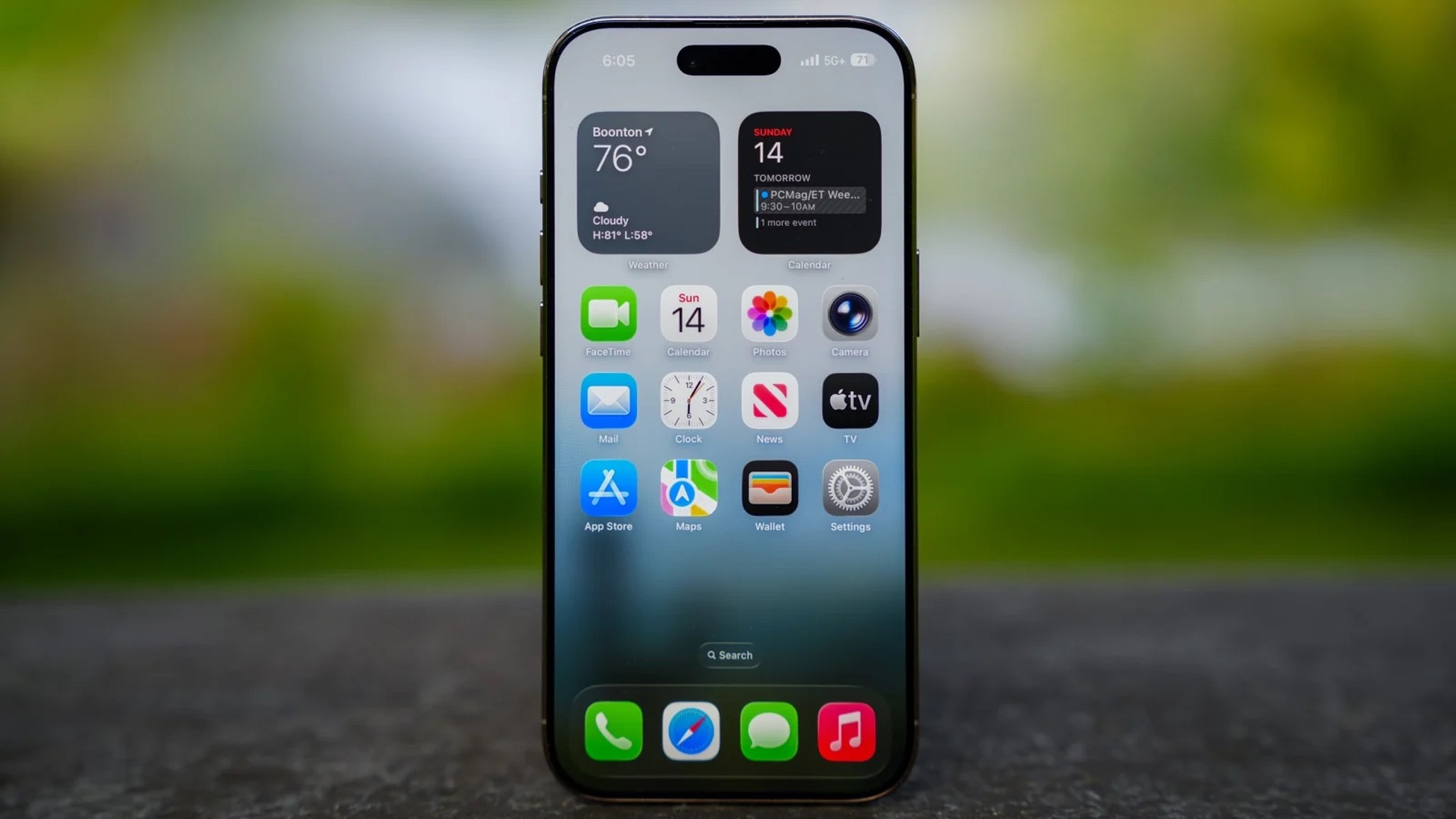
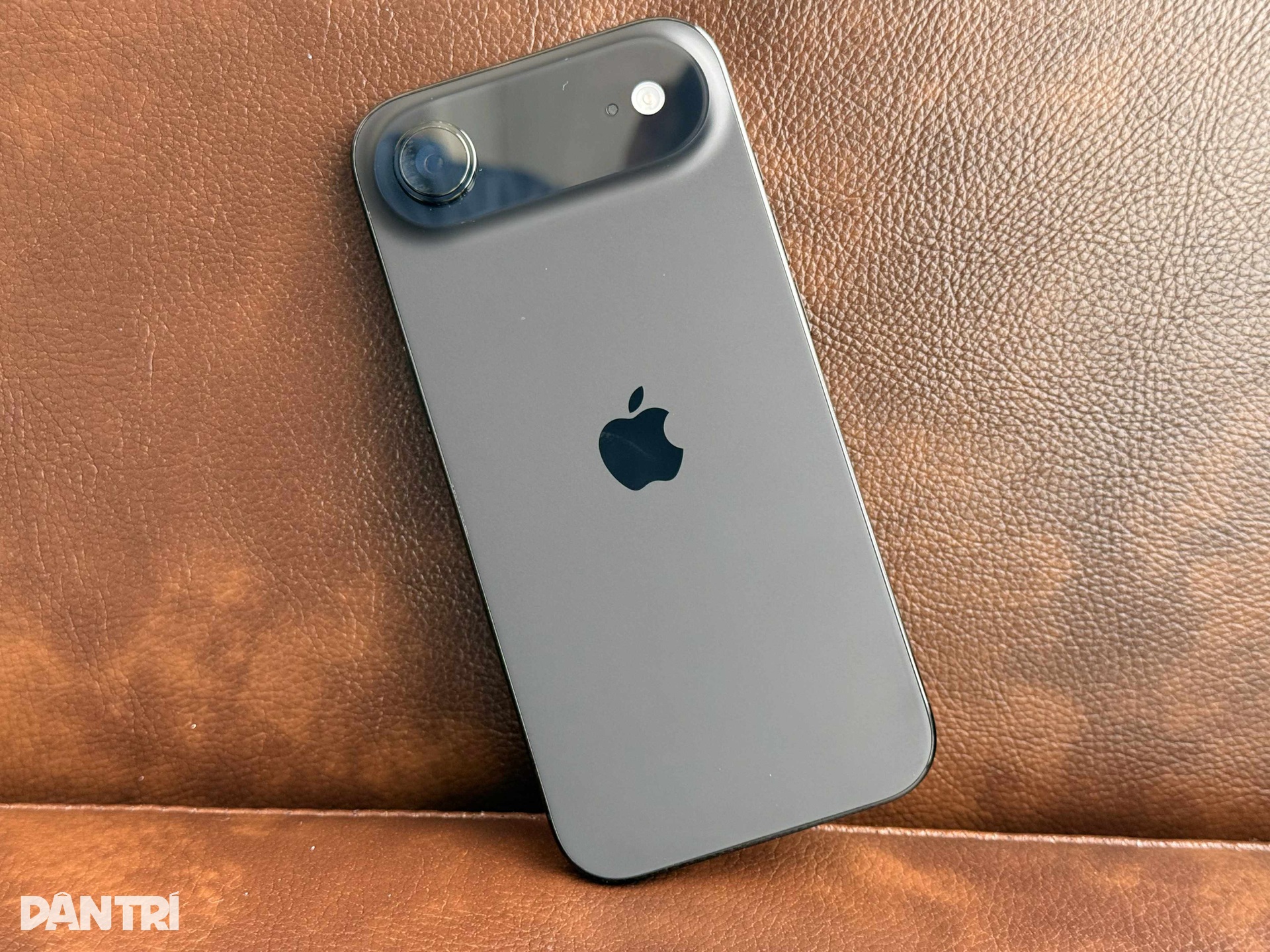
Compared to the Galaxy S25 Edge's 6.7-inch display, the Air's display is slightly smaller and has a lower resolution, but it's brighter. In fact, the difference in resolution is barely noticeable to the naked eye, while the higher brightness gives it a distinct advantage when used outdoors.
Performance
Inside the iPhone Air is the Apple A19 Pro chip - a tweaked version of the A19 on the iPhone 17, with a 6-core CPU, a 16-core Neural Engine that specializes in processing AI tasks, and a 5-core GPU, just one graphics core less than the high-end Pro line.
The A19 Pro chip has impressive processing power, especially Apple emphasizes the new Neural Accelerators in the GPU, promising to bring four times AI performance compared to the A18 chip, helping to speed up tasks such as photo and video processing and smart features of Apple Intelligence.
In everyday tasks such as opening applications, surfing the web, texting, the iPhone Air responds quickly, with almost no difference compared to the iPhone 17 versions. However, problems start to appear when you use heavy tasks for a long time.
This is where the ultra-thin design reveals its inherent weakness: heat dissipation. The iPhone Air heats up noticeably, faster and significantly more than the iPhone 17 when running performance tests (benchmarks) or playing high-graphics games.
In particular, the space right below the camera cluster becomes very hot, causing discomfort for users, even creating a feeling of... insecurity.
The main reason is that the iPhone Air is not equipped with vapor chamber cooling technology like on the Pro models, this is a mandatory trade-off to achieve the thinness of the phone.
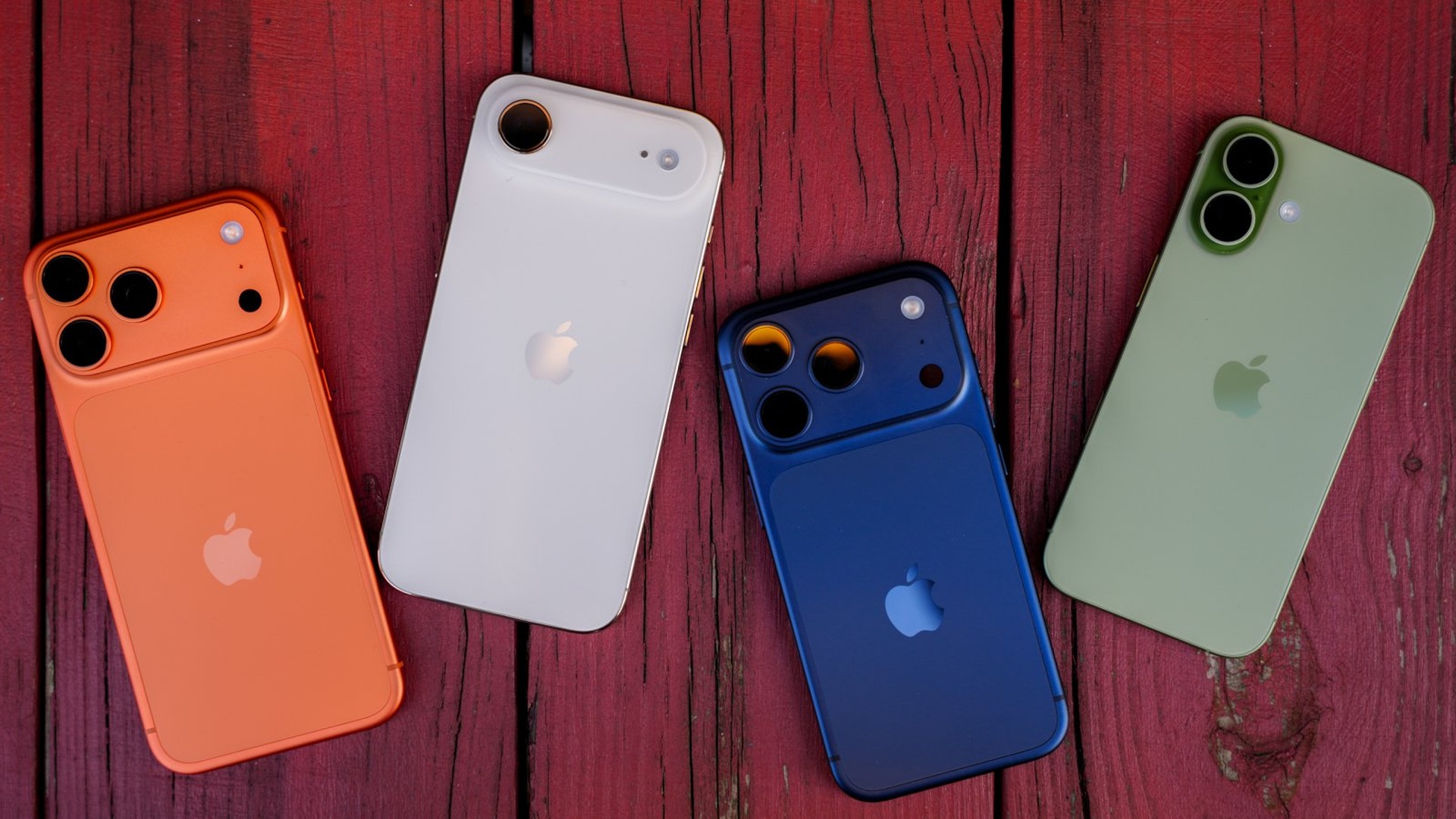
Apple's new generation of iPhone products (Photo: Eric Zeman).
In benchmark tests, the iPhone Air easily outperformed its rival, the Google Pixel 10, but lost to products equipped with Samsung's powerful Snapdragon 8 Elite chip.
This shows that, although the instantaneous performance is very high, the long-term sustained performance of the iPhone Air is easily affected by temperature.
For regular users, this is not a big deal. But for gamers or people who regularly edit videos on their phones, this is a minus point worth considering.
Battery
If design is the reason to buy the iPhone Air, then battery life might be the reason to pass. While Apple has worked hard to cram as much battery capacity into a thin body as possible, the laws of physics are clearly unchangeable.
In our Wi-Fi video streaming test with the brightness set to maximum, the iPhone Air lasted 19 hours and 15 minutes. That's not bad on its own - it's still better than the Galaxy S25 Edge (16 hours and 15 minutes) and the Pixel 10 Pro (12 hours and 40 minutes).
However, when placed next to other members of the iPhone 17 family, the difference becomes huge. It is 5 hours less than the standard iPhone 17, 8 hours less than the iPhone 17 Pro, and 13 hours less than the iPhone 17 Pro Max.
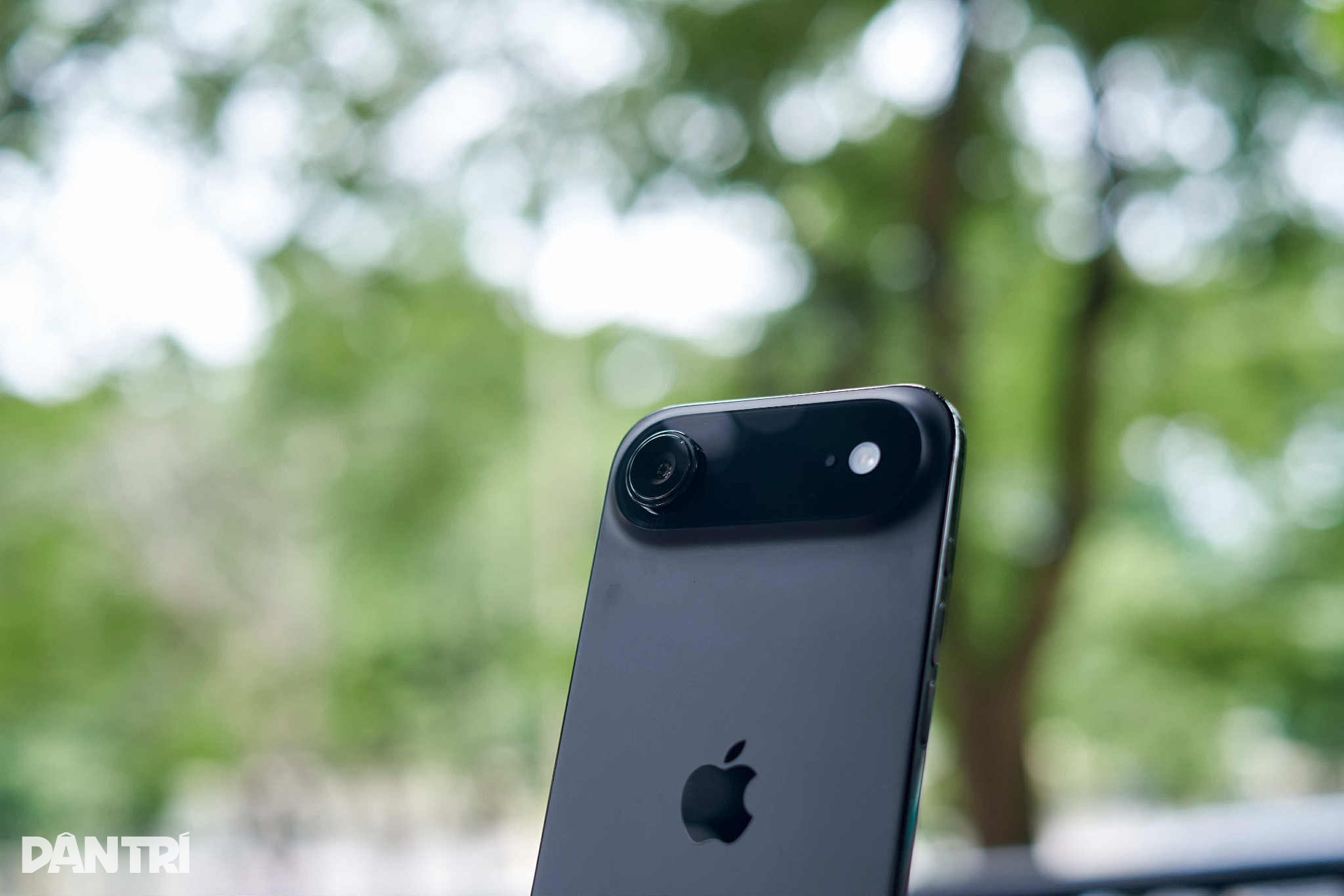
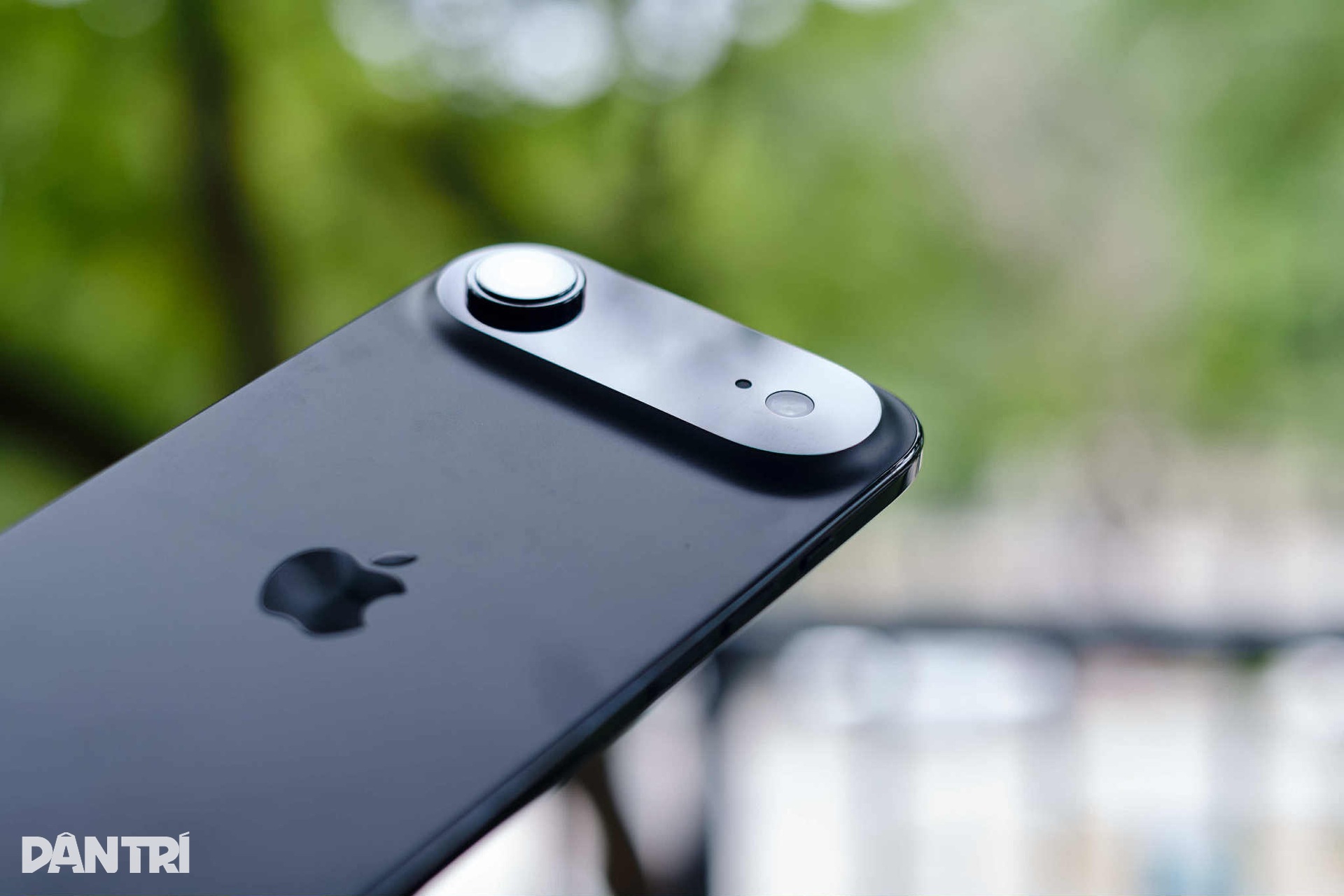
This means the iPhone Air should be able to get the average user through a workday, but if you’re a heavy user who frequently plays games, watches videos, or uses 5G, you’ll have to worry about battery life.
Apple also understands this psychology and has provided a solution by launching a MagSafe battery (wireless charging - specially designed) to significantly increase battery life.
But when attached to the back, it makes the phone twice as thick (0.54 inches) and much heavier, completely breaking the original design philosophy and turning the iPhone Air into a normal, even clunky phone.
In terms of charging speed, the iPhone Air supports 30W fast wired charging, which can fully charge the battery in just 59 minutes. However, wireless charging is limited to 20W, which is a bit slower than the 25W on other iPhone 17 models.
Camera
The iPhone Air only has a single rear camera, which is a significant cutback compared to the iPhone 17's dual-camera system and the Pro models' triple-camera setup.
The main camera has a resolution of 48MP (24MP output via pixel binning technology), f/1.6 aperture and sensor-shift optical image stabilization system. In well-lit conditions, the camera's photo quality is good, with sharp images, true colors, balanced exposure and clear details.


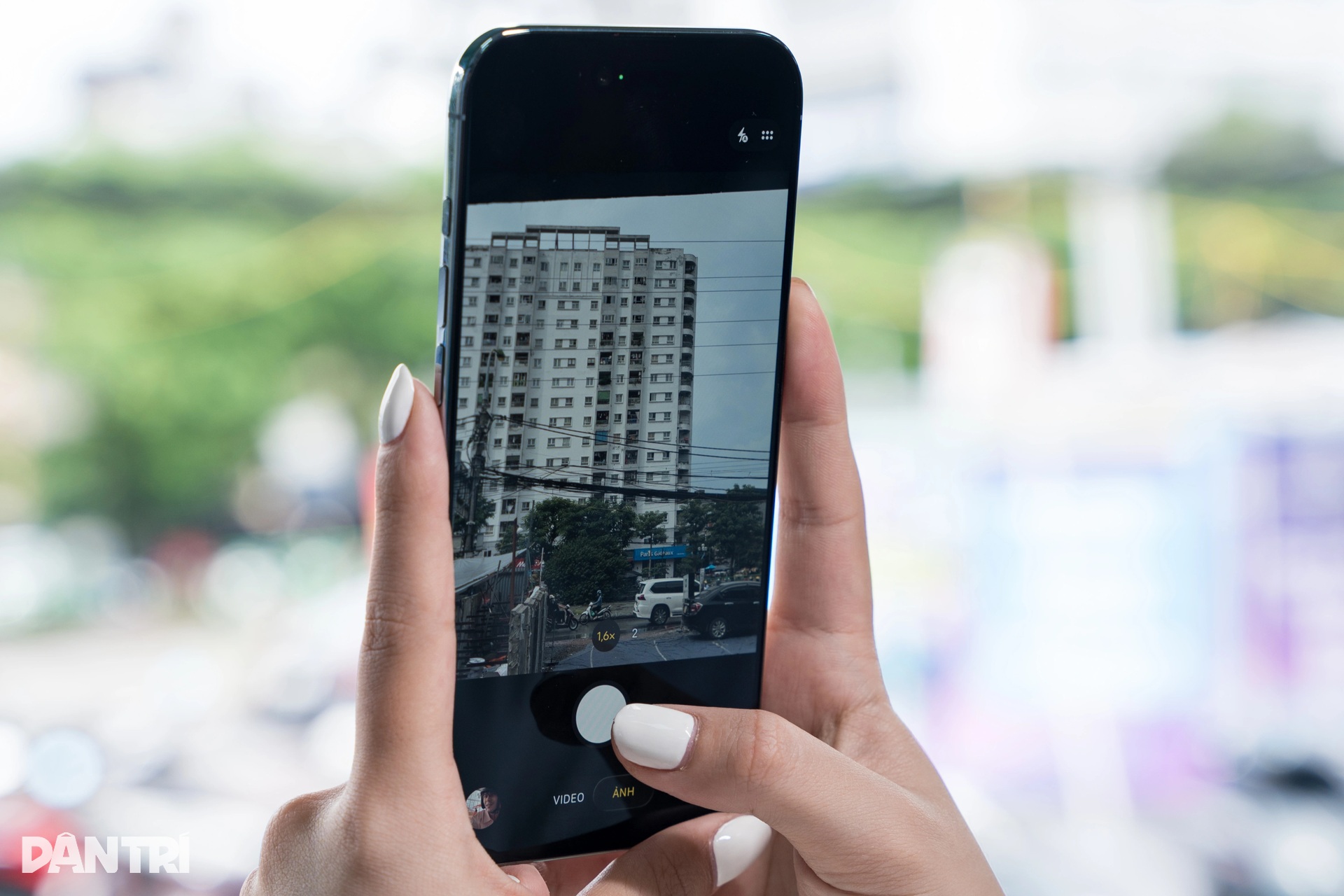
Meanwhile, the 2x "optical quality" zoom is actually a smart crop from the high-resolution camera, giving decent results.
However, the absence of an ultra-wide-angle lens and an optical telephoto lens significantly reduces the flexibility and creativity in photography on this product.
Accordingly, users cannot take photos of large architectural works or landscapes; while images zoomed in further than 2x will have a noticeable loss of quality.
In return, Apple has completely redesigned the selfie camera (front) with a completely new square sensor, 18MP resolution. This innovation is extremely smart; allowing you to take selfies in both portrait and landscape orientation without rotating the phone.
Users can easily switch between wide and narrow angles, creating a variety of shooting styles with just one camera. This is a novel feature, especially useful for content creators and selfie enthusiasts.
In terms of video recording, the iPhone Air is powerful enough to satisfy users; the device supports 4K60 Dolby Vision recording, a stable "action" mode, and a new "Dual Capture" feature that allows simultaneous video recording from the front and rear cameras.
Overall, the Air's camera system is suitable for users who like the "point and shoot" simplicity; especially favoring selfies. But if users are passionate about mobile photography, the lack of flexibility of the rear camera will be a big barrier.
Software and connectivity
The iPhone Air is fully equipped with modern connections, with the 5G C1x modem produced by Apple itself. Although lacking the super-fast mmWave band, the phone still responds well to 5G sub-6GHz speeds, while the new N1 chip integrates Wifi 7, Bluetooth 6.0 to ensure stable, high-speed wireless connections.
In terms of sound, the iPhone Air only has a single speaker instead of a stereo dual speaker system. Fortunately, this speaker has quite good quality, loud and clear for voice calls and enough to fill a small room when listening to music, but the sound is a bit distorted at maximum volume.
The device comes pre-installed with iOS 26, bringing a new design language called "Liquid Glass" which is quite unique (can be turned off if the user does not like it). The new operating system adds smart features such as live translation (Live Translation), improved image search, along with dynamic widgets and deeper customization on the lock screen.
Conclude
There's no denying that the iPhone Air is a masterpiece of Apple's mechanical engineering, a symbol of minimalist design and the phone that feels great in the hand in recent years, along with a sharp screen, strong performance and a selfie camera that brings a different experience.
However, to achieve the ultra-thin beauty, users must accept not small trade-offs such as average battery life, limited heat dissipation making it not an option for heavy tasks and the rear camera system lacking the necessary flexibility for photography enthusiasts.
Source: https://dantri.com.vn/cong-nghe/danh-gia-iphone-air-nguoi-dung-phai-doi-gi-lay-ve-dep-sieu-mong-20251007102335326.htm


![[Photo] Impressions of the Can Gio Whale Festival](https://vphoto.vietnam.vn/thumb/1200x675/vietnam/resource/IMAGE/2025/10/09/1759984089762_image12334-5642-jpg.webp)







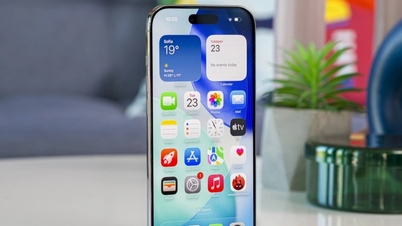
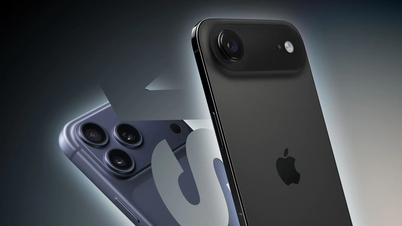
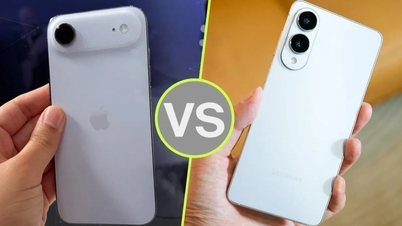
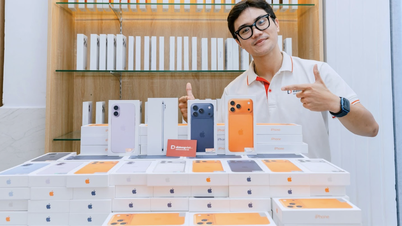



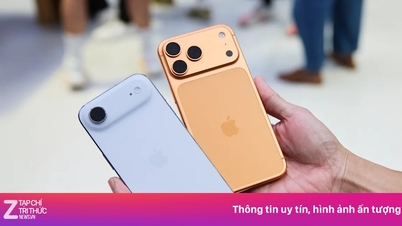




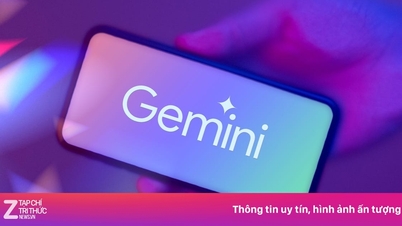








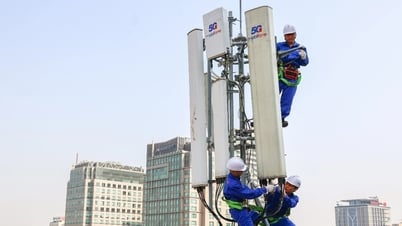


































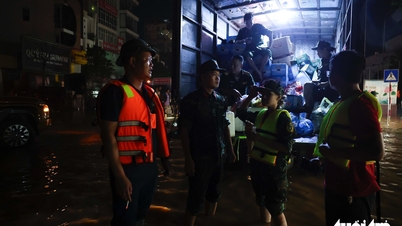















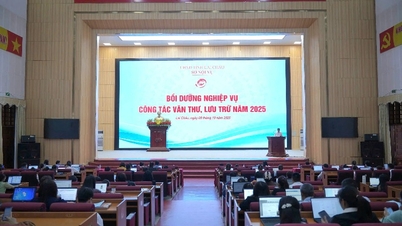




















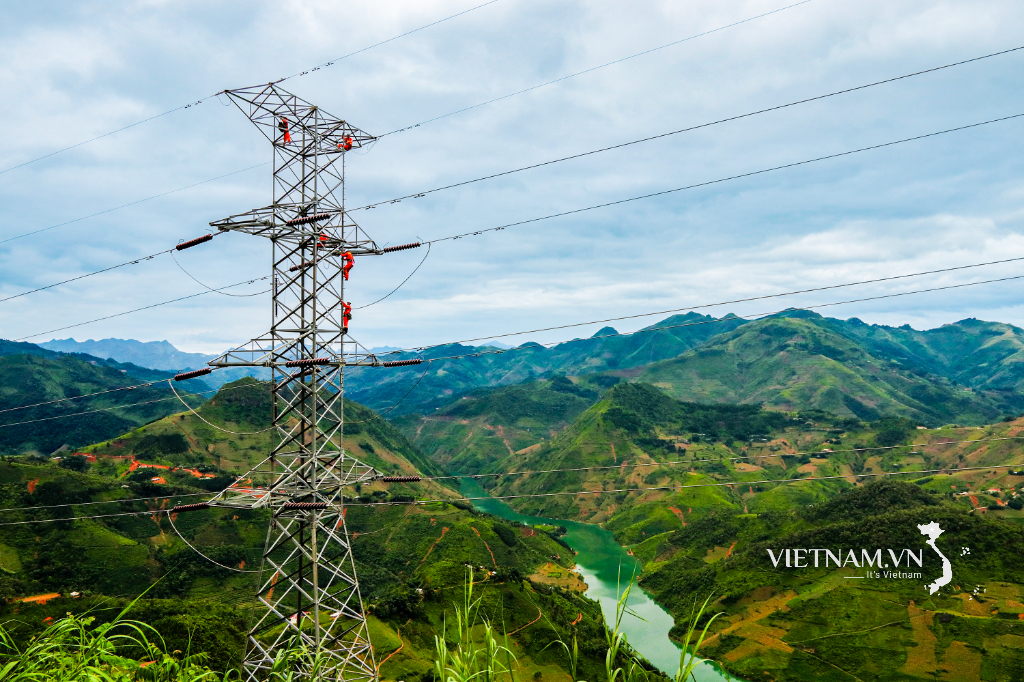
Comment (0)